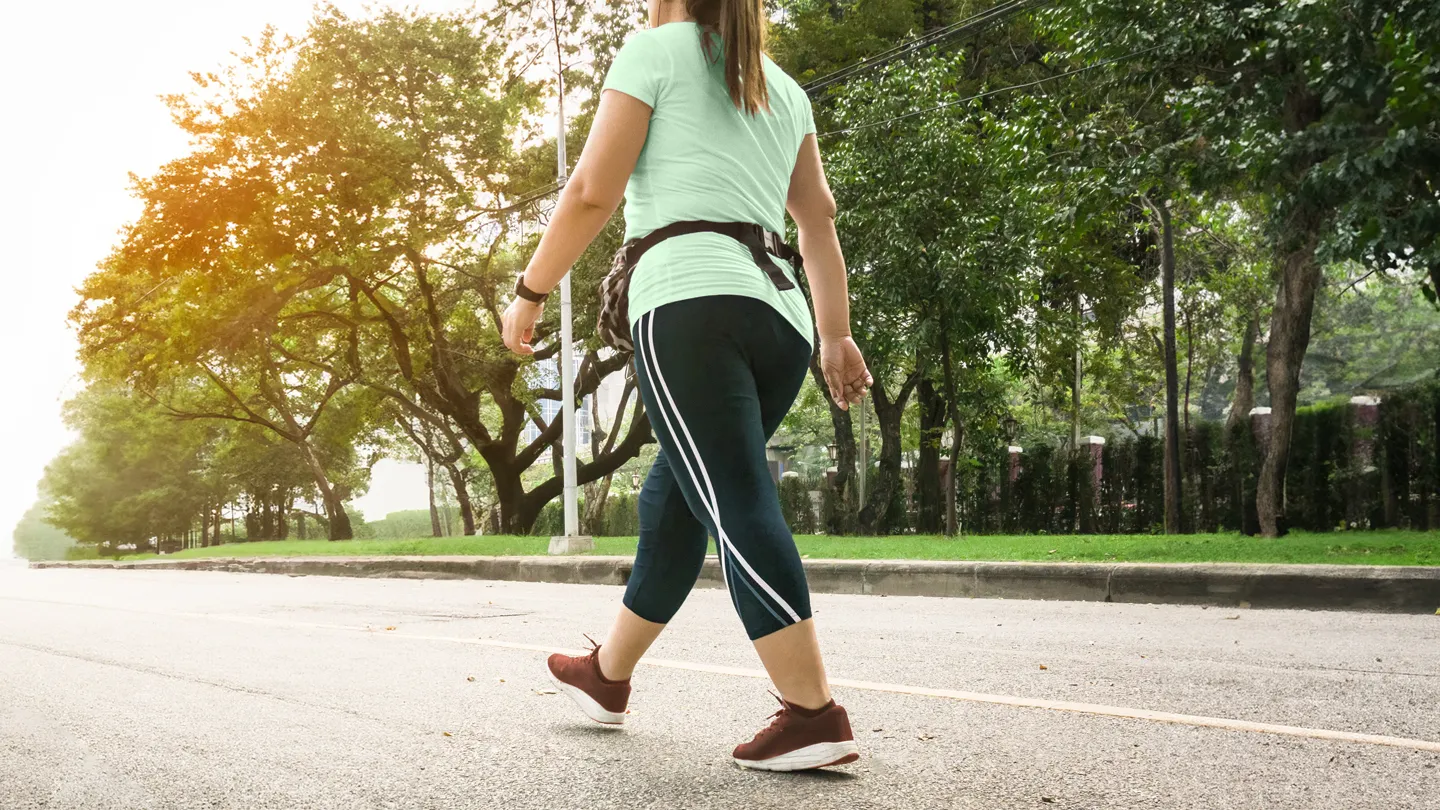You’re standing in the feminine care aisle, staring at pads, tampons, and menstrual cups—wondering, What’s the difference? Which one should I choose? You’re not alone. With so many menstrual products on the market today, picking the right one can feel overwhelming. But don’t worry—we’re breaking it all down in a simple, science-backed way so you can confidently choose the option that fits your lifestyle, comfort, and values.
Understanding Your Period Product Options
Let’s talk about the three most common menstrual products: pads, tampons, and menstrual cups. Each one works differently, and they all come with their own perks and considerations.
Pads: The Classic Choice
Pads are external products worn in your underwear to absorb menstrual flow. They’re easy to use and widely available.
Pad Pros and Cons
Pros:
- Easy to use, especially for beginners
- No internal insertion required
- Available in a variety of sizes and absorbency levels
Cons:
- May feel bulky
- Can cause chafing or irritation
- Not the most eco-friendly option
Pad Usage Guide
Change your pad every 4–6 hours to stay fresh and avoid odor or leakage. Choose thinner options for light days and overnight pads for heavier flow.
Tampons: Discrete and Convenient
Tampons are inserted into the vagina to absorb blood directly. They’re popular for their convenience and comfort, especially during physical activities.
Tampon Pros and Cons
Pros:
- Discreet and easy to carry
- Great for swimming and sports
- Less noticeable when worn correctly
Cons:
- Risk of Toxic Shock Syndrome (TSS) if left in too long
- Can be drying or uncomfortable for some
- Not reusable
Tampon Safety Tips
Always change your tampon every 4–8 hours, and never sleep with one in overnight. Opt for the lowest absorbency needed to reduce TSS risk.
Menstrual Cups: The Sustainable Star
Menstrual cups are reusable silicone cups inserted into the vagina to collect blood instead of absorbing it.
Menstrual Cup Pros and Cons
Pros:
- Long-lasting (up to 12 hours of wear)
- Eco-friendly and cost-effective over time
- Less odor, since blood isn’t exposed to air
Cons:
- Learning curve for insertion and removal
- May not be ideal for everyone’s anatomy
- Requires cleaning and sterilizing
Best Menstrual Cup for Beginners
If you’re new to cups, look for soft, small-sized cups labeled for beginners. Brands often have sizing guides based on age and flow level.
Menstrual Cup Safety
Always wash your hands before inserting or removing the cup. Sterilize it between cycles by boiling in water for 5–10 minutes.
Menstrual Cup vs Tampon vs Pad Comparison
| Feature | Pads | Tampons | Menstrual Cups |
|---|---|---|---|
| Insertion required | No | Yes | Yes |
| Reusable | No | No | Yes |
| Eco-friendly | ❌ | ❌ | ✅ |
| Good for sports/swimming | ❌ | ✅ | ✅ |
| Wear time | 4–6 hrs | 4–8 hrs | Up to 12 hrs |
| Beginner friendly | ✅ | ✅ | Moderate (with practice) |
How to Choose Menstrual Products That Fit You
Choosing the right period product is all about your lifestyle, comfort level, and personal values. If you want something eco-friendly, reusable menstrual products like cups are great. If you’re after convenience, tampons or pads might be more your speed.

Exploring Menstrual Hygiene Options
Today’s period products offer more flexibility than ever. From eco-friendly period products to menstrual hygiene options tailored to sensitive skin, there’s no one-size-fits-all. Try a few different products to see what works best for you—you might even mix and match depending on the day or activity.
Bottom line? There’s no “best” option for everyone. It’s about finding the product that makes you feel clean, confident, and comfortable throughout your cycle.
For more related articles, Click here



